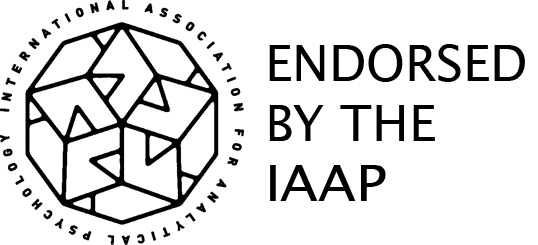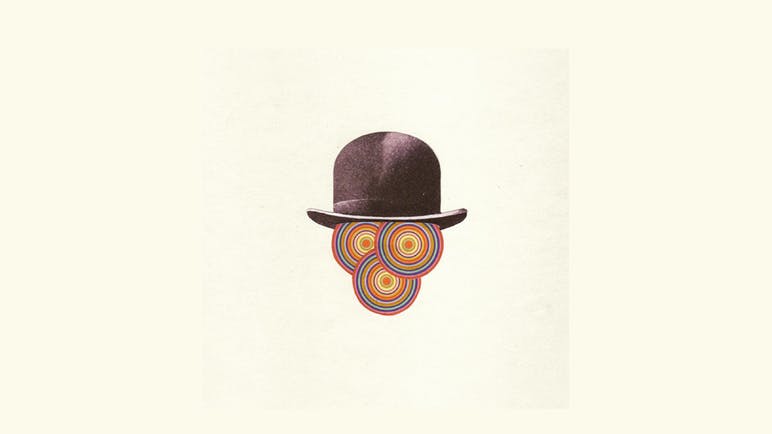The context & history of psychedelic research & its contemporary clinical & therapeutic applications
The rise of excitement and notoriety in the 1960s of psychedelics as a therapeutic tool in Western Psychology came to an abrupt end when these substances were banned, even for research purposes, across the world. The use of LSD, Psilocybin mushrooms, and Peyote clearly demonstrated therapeutic effects but their legend often overshadowed the research. After many decades, approval for the use of psychedelics in the therapeutic setting is approaching again, so understanding the way these substances work and the types of experiences they may produce is increasingly important.
In this two-part lecture series we will take the opportunity to better understand the history and context of psychedelic research (lecture 1), from the discovery of LSD in 1943 to its therapeutic use today (lecture 2). Particular attention will be given over to exploring how psychedelic experiences may be meaningfully integrated. We will examine psychedelic experience through a variety of lenses, from neuroscientific implications to depth psychological interpretations. Attendees of these lectures will emerge with a better idea of how individuals may experience psychedelics and how such substances may be integrated into a therapeutic context.
In this two-part lecture series we will take the opportunity to better understand the history and context of psychedelic research (lecture 1), from the discovery of LSD in 1943 to its therapeutic use today (lecture 2). Particular attention will be given over to exploring how psychedelic experiences may be meaningfully integrated. We will examine psychedelic experience through a variety of lenses, from neuroscientific implications to depth psychological interpretations. Attendees of these lectures will emerge with a better idea of how individuals may experience psychedelics and how such substances may be integrated into a therapeutic context.



